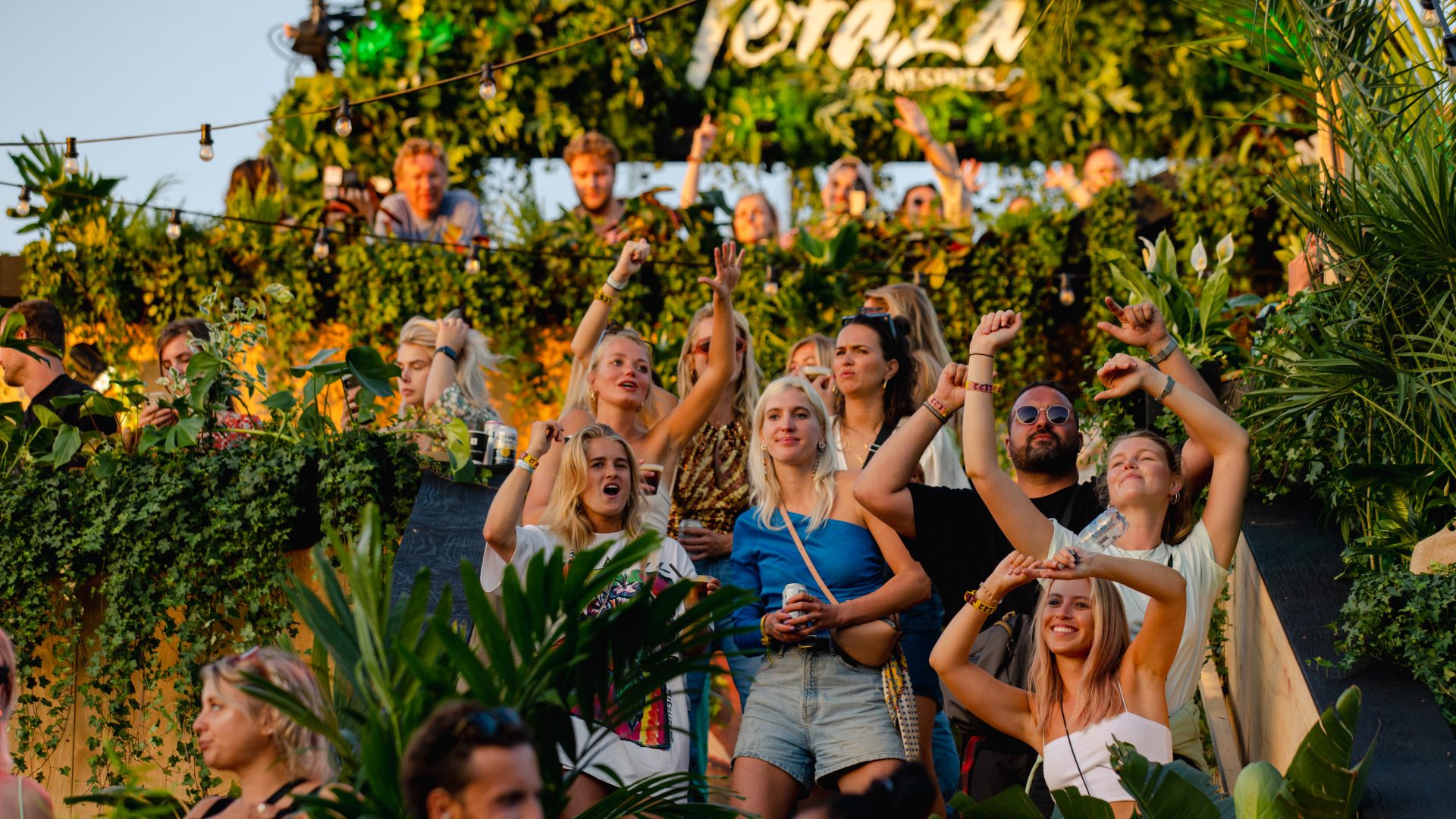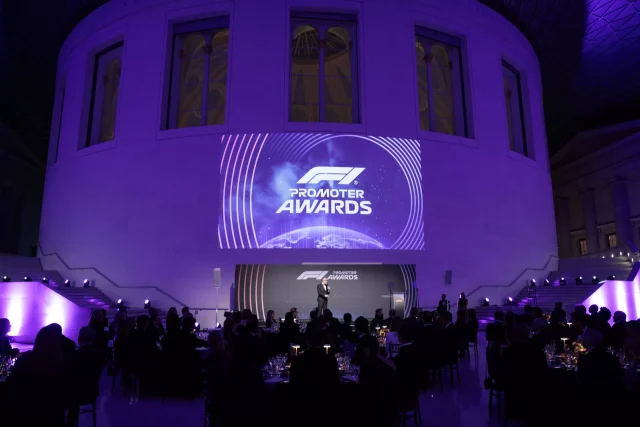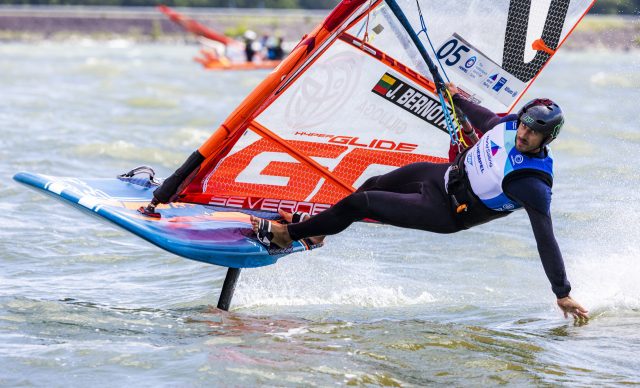
EXECUTIVE: Kumpany at RTL News with a contribution from our Kumpaan Jan Paul de Wildt and good friend Marcel Surendonk on how a festival activation can contribute to your brand and marketing objectives.
Source: RTL Nieuws
A stage named Heineken, life-size party washing machines from Miele and charging points for your phone from Vodafone. It will all be on a festival site where you will be dancing next summer. But brands have had a creative presence at music festivals for some time now, and it will only become more important for them in the coming years.
Music festivals are more popular than ever. Lowlands is sold out again this year, as is Down the Rabbit Hole. Those two festivals combined already account for over 100,000 people strolling around festival grounds. On their way to their favourite bands, they pass – consciously and unconsciously – a few brands advertising.
Target group at Lowlands difficult to reach
And that is beneficial for those brands because festival-goers, among others, are a target group that is increasingly difficult to reach in traditional ways. So says Jan Paul de Wildt, director-owner of brand activation agency Kumpany.
The Lowlands target group, for example, 18 to 35 years old, has long since stopped watching traditional advertising channels, such as television. And on social media, after a few seconds of boredom, you can easily swipe away the ad. Or even install an ad blocker, preventing you from seeing them at all.
Marcel Surendonk, manager of sponsorship at concert and festival organiser Mojo, sees this too. “I’ve been doing this work for 17 years now, and although there hasn’t been a huge change in the type of sponsorship, I do notice that festivals are becoming increasingly important for brands.”
Longer attention span
It’s like this: at festivals, people are present for a longer period of time at the same time. And then you might say: but that is also the case at sports events, isn’t it? 65,000 people at a football match are only there for a few hours, says De Wildt. At a festival, the same number of people are present, but for three days.
“In a time when contacts are increasingly fleeting, it’s almost unheard of to have the chance to grab people’s attention for that long,” says De Wildt. This then makes festivals like Lowlands and Down the Rabbit Hole, for which you can only buy weekend tickets, even more attractive. And then people are also in an open mood, says Surendonk.
The price of an experience
That attention, you then have to hold it. And you don’t do that through a poster or a stand. “That is not the intention either, it has to be an experience. A festival visitor pays serious money for a ticket, so we are alert to whether something is relevant,” Surendonk said.
Kumpany, De Wildt’s company, created a cocktail bar including a ‘chill area’ for visitors at Lowlands last year for Nespresso. It is an example of what in marketing terms is called a brand activation: a way for the brand to engage directly with visitors.
From 2017 to 2019, Miele placed a life-size washing machine at Lowlands in which visitors could party under the foam as well as hand in their dirty laundry. “If Miele had said then, we want a place with a few washing machines, we wouldn’t have done it,” says Surendonk.
According to De Wildt, big sponsors pay a hundred thousand(s) euros for a spot at a festival AND then an additional amount to realise the activation itself. “For every euro of sponsorship money, often at least one euro extra must also be put into the activation.” A few hundred euros won’t get you there as a brand.
Brand makes your ticket cheaper
Those amounts are dwarfed by festivals’ revenues from ticket sales. Lowlands and Down the Rabbit Hole earn 21.5 and 12.6 million respectively from basic ticket sales (without glamping and other extras). According to De Wildt, this is over 80 per cent of a festival’s turnover.
Surendonk would not release anything about how much the sponsorship money actually generates at Mojo’s festivals. A big festival like Lowlands or Pinkpop will not suddenly fall apart when there is no longer any sponsor attached to it. So there is still revenue from ticket sales and food and beverages. But, says Surendonk: “It does help temper ticket prices as well as being able to still bring in the big artists.”
To many sponsors
It is difficult to determine when there are too many sponsors present, that remains a bit of a grey area, says Surendonk. “Some people think five sponsors is already a lot, others think 15 is too many, but it shouldn’t become a commercial circus. We keep an eye on the balance per festival.” At North Sea Jazz, for example, more stages are sponsored than at Lowlands, and that has to do with the type of festival and the target audience.
North Sea Jazz takes place in Ahoy, Lowlands at an outdoor venue with several campsites. In terms of music taste and age, the target groups are also quite different. Just as the two festivals are different, so is the sponsorship.
Brands are almost always associated with a festival for a number of years, because the audience has to get used to you as a brand, says Surendonk. But also because brand activation is not always set up to boost sales, but for image change, for instance, De Wildt explains. Because if you really want to change your image as a brand, you need a long breath. “You don’t build that in two years,” he says.
Typical sponsors for festivals are beverage brands, such as Heineken and Bacardi at Lowlands, Birra Moretti at Down the Rabbit Hole and Grolsch and Red Bull at Zwarte Cross. Their name is plastered on a ‘club’ at the festival, a stage, or a special bar.
They are sometimes associated with a festival for up to eight years because they can get something out of it directly. Besides their presence as sponsors, they actually sell their own product on the grounds. And a beer is easier to sell to a festival-goer than a washing machine.



